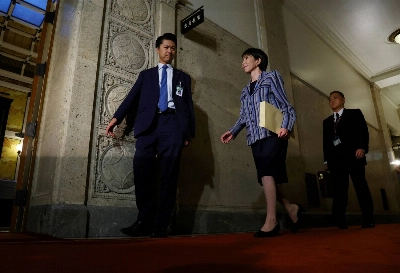This year's annual "shunto" labor-management wage talks appear to be proceeding on a subdued note. There can be three major reasons why.
One is that Japan's official unemployment rate has topped 5 percent for three years in a row. This is still much lower than the United States and much of Europe, where official rates are hovering at around 10 percent on average. But given that globalization is likely to accelerate the amalgamation and standardization of the world's economies, our unemployment rate has room to grow. Cheap labor remains abundant in many other Asian economies.
Another reason is that even though we often deplore deflation in Japan, our prices remain high by international comparison. If you were to view the prices of daily necessities from the U.S. and South Korea, for example, on a scale with Japan representing 100, an egg would stand at 76.9 in the U.S. and 71.2 in South Korea, a liter of milk at 39.7 in the U.S. and 64.3 in South Korea, and 1 kg of beef would be 45.5 in the U.S. and 98 in South Korea.


















With your current subscription plan you can comment on stories. However, before writing your first comment, please create a display name in the Profile section of your subscriber account page.